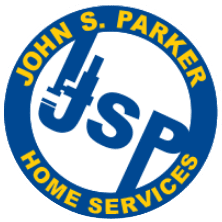You Might Also Like: Why Do Allergies Get Worse During Spring?
The Top Pollen-Producing Trees in New York
A tree that produces a lot of pollen has a high pollen count. Pollen count is measured in grains of pollen per cubic meter of air.
You can break down pollen counts as follows:
- Low pollen count: 1 to 14
- Moderate pollen count: 15 to 89
- High pollen count: 90 to 1,499
- Very high pollen count: 1,500 or higher
If your seasonal allergies are kicking in, you may have one or more of these trees with a high pollen count on your property or in your neighborhood:
- Oak – severe allergenicity
- Mulberry – severe allergenicity
- Birch – severe allergenicity
- Maple – severe allergenicity
- Juniper – severe allergenicity
- Slippery elm – moderate allergenicity
- Cottonwood – moderate allergenicity
- Sweetgums – low allergenicity
- Pine – low allergenicity
Most of these trees pollinate heavily during spring, although some varieties, like elms, can produce pollen at any time of year.
Tips for Reducing Pollen Inside Your Home
If you are allergic to pollen, you’ll need to practice a few essential habits to help keep this allergen out of your indoor air supply. First, avoid tracking it into your home by removing your shoes at the door. Next, if you’ve spent a lot of time outside (taking a walk, running errands, etc.), change your clothes before you sit down on your bed or any other furniture, and put your clothes straight into the laundry hamper.
It’s also important to establish a laundry and cleaning routine. Once a week, you should wash your bedding on the warmest setting it can handle, and mop your floors or vacuum them with a HEPA filter. Make sure to vacuum upholstery as well!
To proactively filter airborne pollen out of your home, you may want to consider installing a whole-home air purifier like the IAQ 3000 Air Purification System. This system combines HEPA filtration with germicidal UV light to not only filter out allergens but also destroy harmful microorganisms, like viruses and bacteria.
At JSP Home Services, our highly qualified Kingston indoor air quality professionals are always available to discuss your household’s unique needs so that you can enjoy healthier air at home. Give us a call today at (845) 209-1700 or contact us online.
Categories
